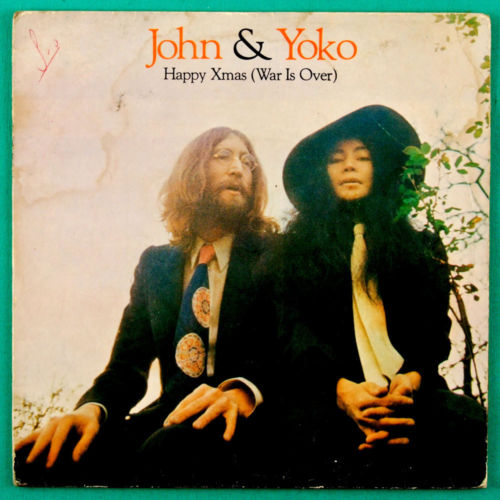| First posted 3/28/2008; updated 12/1/2020. |
There’s a Riot Goin’ On |
 |
Charted: November 13, 1971 Peak: 12 US, 12 RB, 31 UK, 4 CN, -- AU Sales (in millions): 1.0 US, -- UK, 1.0 world (includes US and UK) Genre: R&B/funk |
Tracks: Song Title (Writers) [time] (date of single release, chart peaks) Click for codes to singles charts.
Total Running Time: 47:15 The Players:
|
Rating: 4.115 out of 5.00 (average of 17 ratings)
Quotable: “One of the great radical albums, and definitely the funkiest.” – Blender Magazine Awards: (Click on award to learn more). |
About the Album: “It’s easy to write off There’s a Riot Goin’ On as one of two things – Sly Stone’s disgusted social commentary or the beginning of his slow descent into addiction. It’s both of these things, of course.” STE “Riotis one of the great radical albums, and definitely the funkiest” BL even as “Stone was teetering on the brink of self-destruction.” BL “His music never sounded more eclectic and expressive” BL and “civil disobedience never sounded like so much fun.” BL “Pigeonholing it as either winds up dismissing the album as a whole, since it is so bloody hard to categorize. What’s certain is that Riot is unlike any of Sly & the Family Stone’s other albums, stripped of the effervescence that flowed through even such politically aware records as Stand!. This is idealism soured, as hope is slowly replaced by cynicism, joy by skepticism, enthusiasm by weariness, sex by pornography, thrills by narcotics.” STE “Joy isn’t entirely gone – it creeps through the cracks every once and awhile and, more disturbing, Sly revels in his stoned decadence. What makes Riot so remarkable is that it’s hard not to get drawn in with him, as you’re seduced by the narcotic grooves, seductive vocals slurs, leering electric pianos, and crawling guitars. As the themes surface, it’s hard not to nod in agreement, but it’s a junkie nod, induced by the comforting coma of the music. And damn if this music isn’t funk at its deepest and most impenetrable.” STE “Every subsequent beat revolutionary, from De La Soul to Beck, owes him.” BL “This is dense music, nearly impenetrable, but not from its deep grooves, but its utter weariness.” STE “Sly’s songwriting remains remarkably sharp, but only when he wants to write – the foreboding opener Luv N’ Haight, the scarily resigned Family Affair, the cracked cynical blues Time, and You Caught Me Smilin’. Ultimately, the music is the message and while it’s dark music, it’s not alienating – it’s seductive despair, and that’s the scariest thing about it.” STE
|
Resources and Related Links:
|










